What is Matcha Green Tea Powder (Culinary Grade)?
Matcha Green Tea Powder is a finely ground powder made from specially grown and processed green tea leaves. Culinary grade Matcha is specifically designed for use in cooking and beverages. Unlike ceremonial grade Matcha, which is used for traditional tea ceremonies, culinary grade is perfect for recipes and mixed drinks due to its robust flavor.
Benefits of Matcha Green Tea Powder
Firstly, Matcha is incredibly rich in antioxidants, particularly catechins, which reduce oxidative stress and protect cells from damage. These antioxidants support metabolism, boost immunity, and promote heart health. Additionally, Matcha contains L-theanine, an amino acid that promotes relaxation and mental clarity without the jitters associated with caffeine.
Moreover, the powder provides a significant boost in energy and endurance due to its balanced caffeine content. It also aids in detoxification, thanks to chlorophyll, which cleanses the body of toxins.
How to Use Culinary Grade Matcha
For Tea:
To prepare Matcha tea, sift 1 teaspoon of Matcha Green Tea Powder into a bowl to avoid clumps. Then, add 2 ounces of hot water (about 175°F or 80°C) and whisk vigorously in a zigzag motion until frothy. Next, pour in an additional 6 ounces of hot water, stir, and enjoy.
In Recipes:
Culinary grade Matcha is versatile and can be incorporated into various recipes. For smoothies, blend 1 teaspoon of Matcha powder with your favorite fruits, vegetables, and milk or yogurt. For baking, add Matcha to cakes, cookies, and bread for a unique flavor and vibrant green color. It also works well in savory dishes like sauces and marinades.
Conclusion
Ultimately, culinary grade Matcha Green Tea Powder is a flavorful addition to your kitchen and a powerhouse of health benefits. Whether you’re drinking it as tea or incorporating it into recipes, Matcha offers a boost in energy, mental clarity, and overall wellness.
Matcha Green Tea Powder vs. Green Tea Bags: A Comparative Overview
| Aspect | Matcha | Green Tea Bags |
|---|---|---|
| Antioxidant Content | Nearly 100% antioxidants for robust health. | Offers around 15-20% antioxidants, relatively lower potency. |
| Brain Health | 80-85% improvement with higher antioxidant levels, enhancing cognitive function and reducing neurodegenerative risk. | 10-15% improvement, moderate support for brain health compared to Matcha. |
| Heart Health | 80-85% improvement, significantly reduces inflammation and lowers blood pressure. | 10-15% improvement, offering modest cardiovascular benefits. |
| Digestive System | 60-70% support, higher catechins aid gut health, reduce inflammation, and improve digestion. | 5-10% support, with lesser concentration of catechins for digestive health. |
| Immune System | 60-70% boost, rich in antioxidants like EGCG for enhanced immunity. | 5-10% immune boost due to lower antioxidant levels. |
| Weight Management | 60-70% aid, higher antioxidants boost metabolism and fat oxidation. | 5-10% aid, modest support for weight management compared to Matcha. |
| Detoxification | 60-70% support, higher levels of antioxidants aid in liver function and cellular detox. | 5-10% support, milder detox benefits compared to Matcha. |
| Energy and Mental Focus | 60-70% enhancement with higher caffeine and L-theanine levels for sustained alertness. | 5-10% enhancement, offering a milder boost in energy and focus. |
| Skin Health | Not specified but likely to offer significant skin protection due to high antioxidants. | 5-10% skin protection due to antioxidants, comparatively lesser than Matcha. |
| Overall Health Benefits | Provides robust support across various aspects of health, vitality, and well-being. | Offers more modest benefits compared to Matcha, with lower concentrations of antioxidants. |
Traditional Matcha Green Tea Preparation
- Sift 1g of Matcha powder into a bowl.
- Add 2oz of hot water (175°F) or normal water.
- Whisk vigorously in a zigzag motion until frothy.
- Pour in the remaining 6oz of hot water or water.
- Enjoy the earthy richness of traditional Matcha.
Matcha Latte Preparation
- Place 1g of Matcha powder in a cup.
- Add a splash of hot water or normal water, and whisk into a paste.
- Steam milk until frothy, and pour it over the Matcha paste.
- Optionally, sweeten with honey or syrup.
- Indulge in the creamy delight of a Matcha latte.




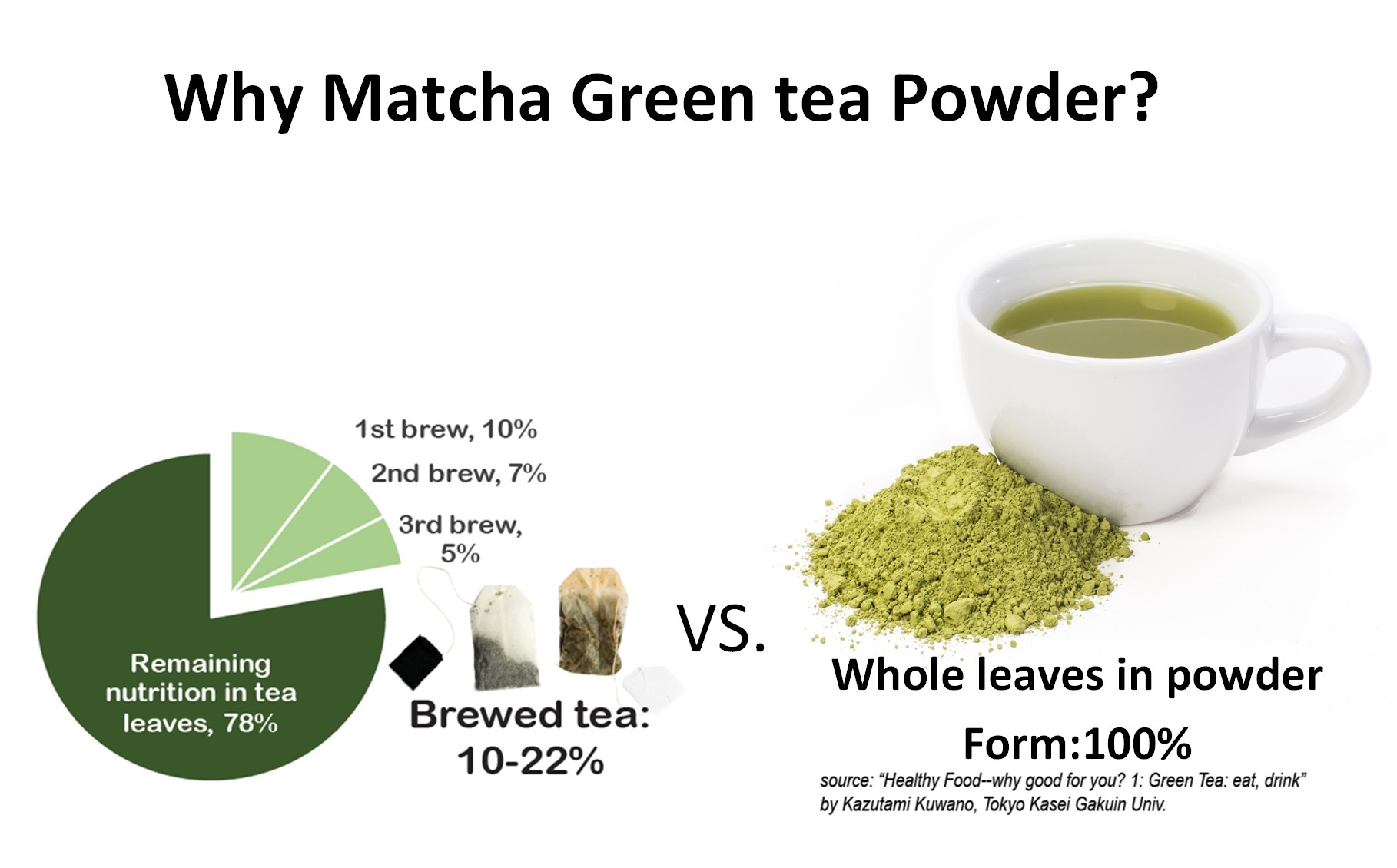
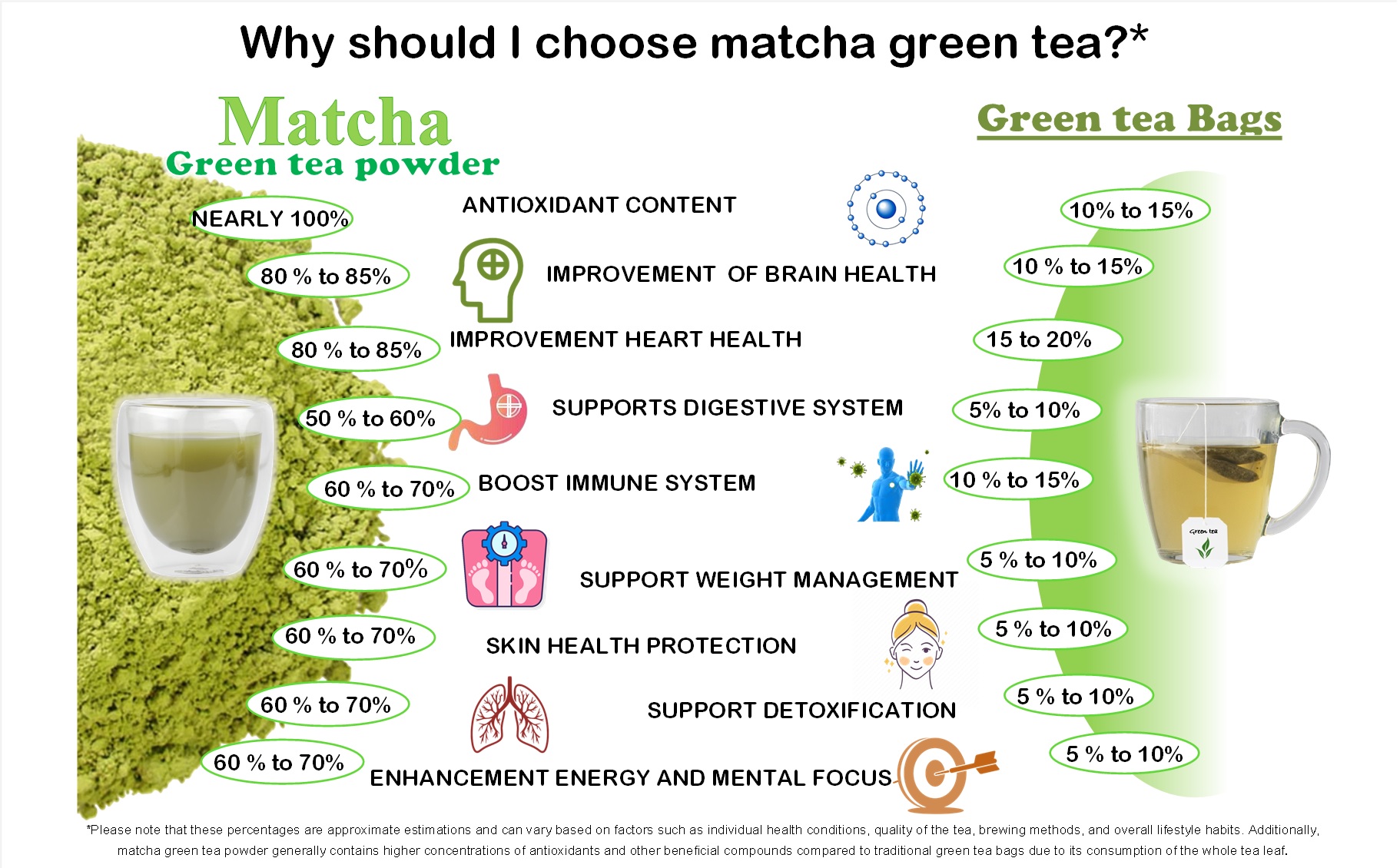
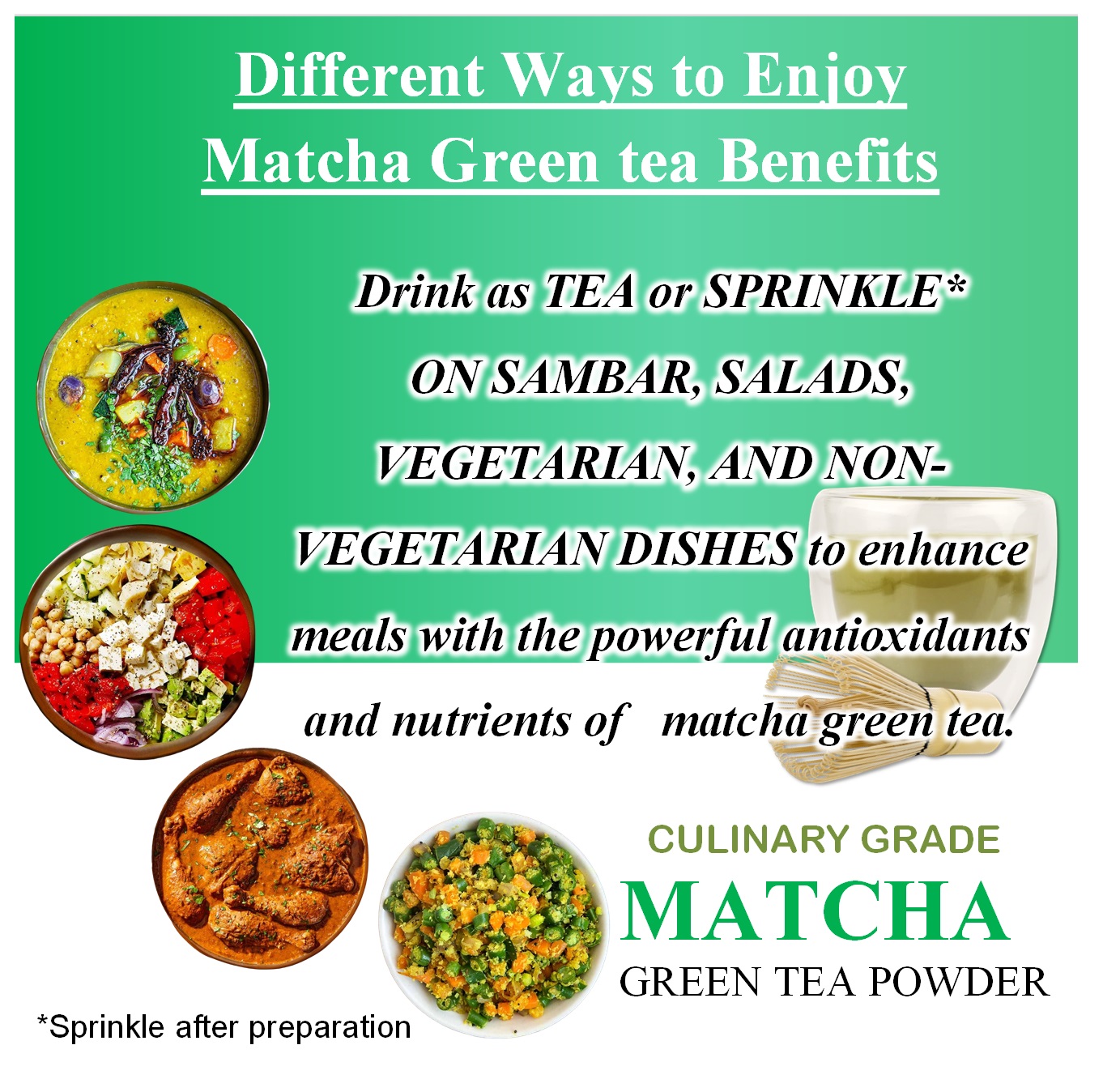
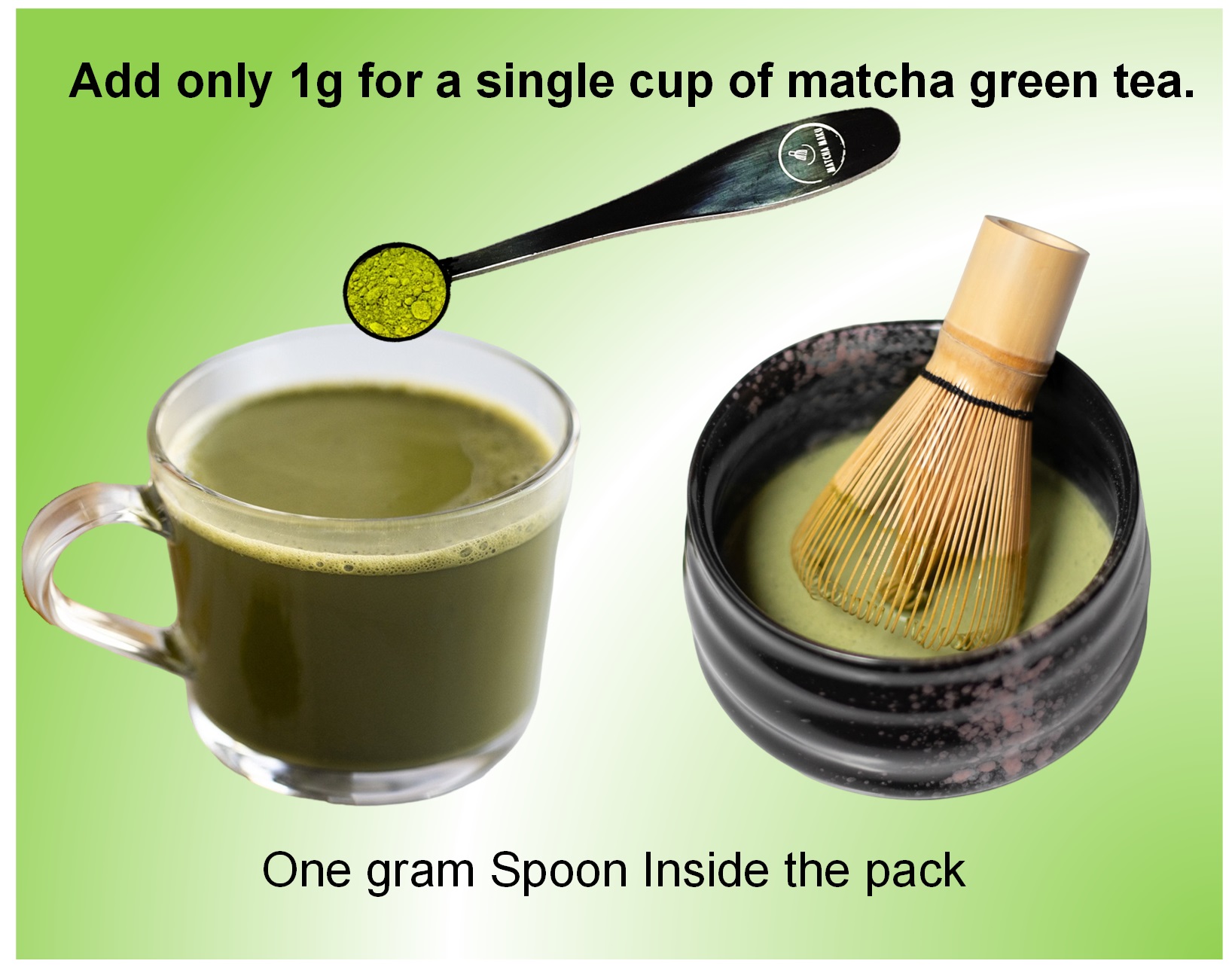


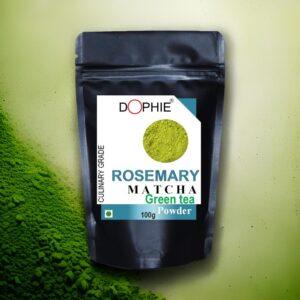
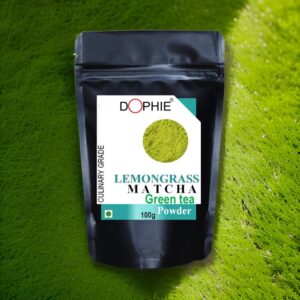
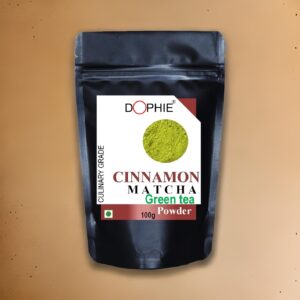
Reviews
There are no reviews yet.